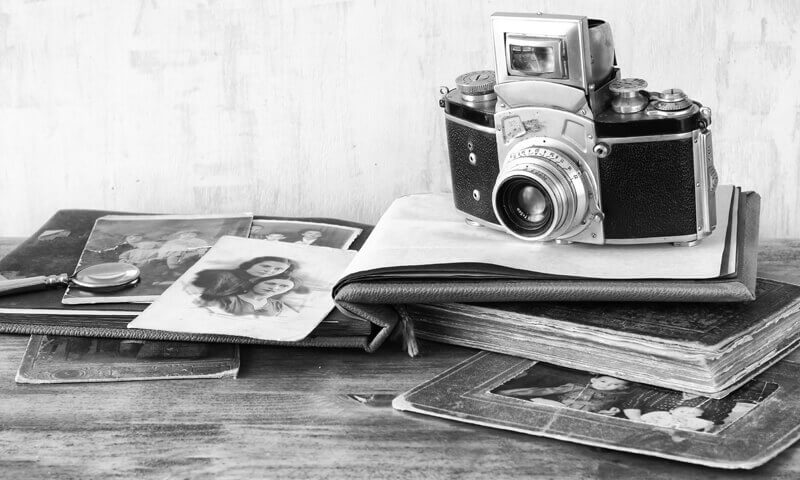
In the modern world, probably no other medium has more impact on everyday life than photography. We are influenced by visuals of all types, everywhere. Television, newspapers, magazines, computers, and books all use photography extensively to tell a story or capture our attention. Photography in commercials or print advertisements helps convince us we need a product or service.
No subject is too distant or too minute to photograph. Distant stars and planets, as well as the ocean floor and the world of microbes, are all explored and recorded with cameras of various designs and sizes. Images invisible to the eye are recorded clearly with the aid of infrared and ultraviolet films. Metals of all types are x-ray in detail for observation and future use. Human bodies have been x-ray for many years; today the computerized x ray scanner, through transverse axial tomography, produces color x ray cross section profiles of the human body.
Millions of people throughout the world cannot read, and few people can read and comprehend more than 250 words per minute. As a result, photography has taken a leading role in communications. Regardless of the source of the original image (real life, art, dramatic staging), it is almost inevitable that eventually it passes through some means of photographic process. With the aid of machinery and electronics, the visual image has a decided edge over the written word. Too, the mind is capable of assimilating visual input faster than it can through the spoken or written word.
America's space program has been using photography from its beginning to record events and fascinate the world's population with images made from outer space. The quality of detail and speed of electronic transmission back to earth are indications that the future of photography is virtually limitless. In recent years, we have all been captivated by the images of distant planets made by unmanned space probes on their journeys through the solar system. The resulting pictures have expanded our knowledge of the universe.
The public is visually motivated in everything it does and sees. Television, movies, computer images, and printed photographs in our magazines and textbooks leave a lasting visual impression on everyone. Today's young people have grown up with and are being educated more and more with visual images.
The United States leads the world in picture taking, with about three fourths of the nation's families owning at least one camera. Packing a camera and film is almost the first step in preparing for a vacation trip. Americans are such avid picture makers that more than two million rolls of film are exposed each day (97 percent of which are color), and approximately 180,000 pictures are taken every hour.
Our high standard of living reflects the effectiveness of photography as it is used to appeal to our desires. Unconsciously we are sold cars, homes, food, fashions, and vacation trips to beautiful lands through photographic illustrations used in magazines, newspapers, television, billboards, and movies.
Not only is photography a hobby to millions of people, but it is also a major source of entertainment. Millions of people spend countless hours enjoying motion picture films and televised movies in their homes and in theaters. Pictures are used to teach people how to do things and to convey information and ideas. Educational institutions, business, and industry are using more and more photographs, slides, videotapes, and motion pictures to train employees and salespeople in new skills of marketing and servicing of products.
The part photography plays in mass communication is increasing every day because it provides a method of duplication where one or ten million copies of any given photograph, drawing, or chart may be made quickly and easily for mass distribution. In fact, photography has been made so easy that a five year old child can be shown in just a few minutes how to take pictures with some of the fully automatic cameras on the market today.
With remote camera satellites whirling millions of miles out in space, who knows what the future will bring in such a popular and diversified field as photography?
History Of Photography
The word photography derives from Greek words meaning "light" and "writing." The first experimental attempts at real photography were not undertaken until 1802, at which time Thomas Wedgwood, an English scientist, made photographic copies of paintings and worked with Sir Humphrey Davy in the production of silhouettes. Both Wedgwood and Davy made unsuccessful attempts to produce photographs of objects by means of a simple camera. Their early experiments were hampered by not knowing how to make pictures permanent.
In 1827 the French inventor Joseph Nicephore Niepce made the first photograph, or heliograph ("sun writing"). He left his camera obscure a large box with a tiny opening in one side that admitted light sitting for eight hours, while it collected rays of light and projected them onto a pewter plate coated with bitumen of Judea, a light sensitive chemical. He washed the plate in lavender oil and petroleum. On the plate remained an image of the roof and walls of his barn in the village of Saint Loup de Varennes.
